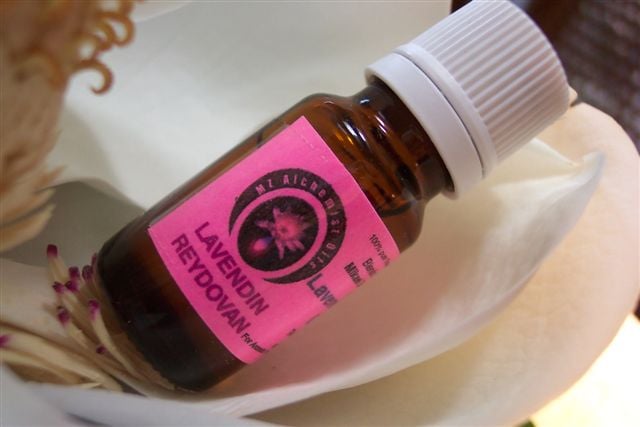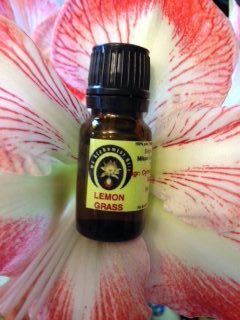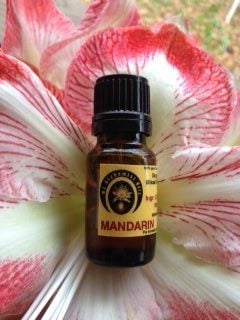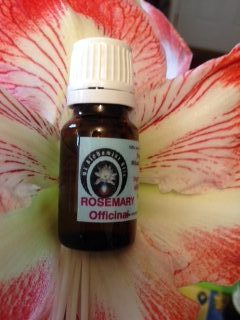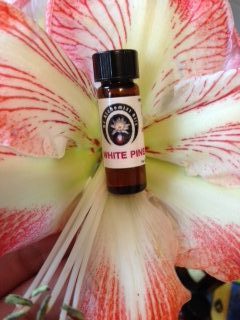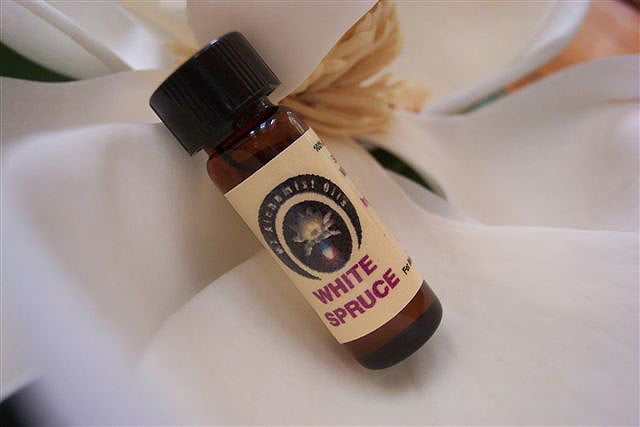Cedarwood, Atlas, Cedrus Atlantica – United States
$9.00 – $24.00
Cedarwood, Atlas, Cedrus Atlantica – United States
100% pure and natural oil, distilled from the wings of the tree.
Excellent for balancing fluids in the body especially fluid retention.
It is a powerful essential oil, astringent and tonic, to be used diluted in a suitable vegetable oil (jojoba, coconut etc)
Ideal when blended with white pine and black spruce.
Argania, Cold Expressed – Morocco
$10.00 – $25.00
Argania, Cold expressed vegetable oil Morocco or Argan 0il
Argan oil is produced by several women’s co-operatives in the southwestern parts of Morocco. The most labour-intensive part of oil-extraction is removal of the soft pulp (used to feed animals) and the cracking by hand, between two stones, of the hard nut. The seeds are then removed and gently roasted. This roasting accounts for part of the oil’s distinctive, nutty flavour. [Wikipedia}
The traditional technique for oil extraction is to grind the roasted seeds to paste, with a little water, in a stone rotary quern. The paste is then squeezed by hand in order to extract the oil. The extracted paste is still oil-rich and is used as animal feed. Oil produced this way can be stored and used for 3–6 months, and will be produced as needed in a family, from a store of the kernels, which will keep for 20 years unopened. Dry-pressing is becoming increasingly important for oil produced for sale, as this method allows for faster extraction, and the oil produced can be used for 12–18 months after extraction.
The oil contains 80% unsaturated fatty acids, is rich in essential fatty acids and is more resistant to oxidation than olive oil. Argan oil is used for dipping bread, on couscous, salads and similar uses. A dip for bread known as amlou is made from argan oil, almonds and peanuts, sometimes sweetened by honey or sugar.
Medicinal Uses
The unroasted oil is traditionally used as a treatment for skin diseases, and has become favoured by European cosmetics manufacturers.
Amber, Tunisia
$11.00 – $32.00
Amber, Tunisia. Oil of Amber is a transparent, yellow oil, procured from succinic acid (spirit of amber) by increasing the heating temperature. It was produced by repeated distillation. It is very fluid and penetrative and was once used as an antihysteric and emmenagogue. [wikipedia]
Historic medicinal uses
Amber has long been used in folk medicine for its purported healing properties.[42] Amber and extracts were used from the time of Hippocrates in ancient Greece for a wide variety of treatments through the Middle Ages and up until the early twentieth century.[citation needed]
Scent of amber and amber perfumery
In ancient China it was customary to burn amber during large festivities. If amber is heated under the right conditions, oil of amber is produced, and in past times this was combined carefully with nitric acid to create “artificial musk” – a resin with a peculiar musky odor.[43] Although when burned, amber does give off a characteristic “pinewood” fragrance, modern products, such as perfume, do not normally use actual amber. This is due to the fact that fossilized amber produces very little scent. In perfumery, scents referred to as “amber” are often created and patented[44][45] to emulate the opulent golden warmth of the fossil.[46] The modern name for amber is thought to come from the Arabic word, ambar, meaning ambergris.[13] Ambergris is the waxy aromatic substance created in the intestines of sperm whales and was used in making perfumes both in ancient times as well as modern. The scent of amber was originally derived from emulating the scent of ambergris and/or labdanum but due to the endangered status of the sperm whale the scent of amber is now largely derived from labdanum.[47] The term “amber” is loosely used to describe a scent that is warm, musky, rich and honey-like, and also somewhat oriental and earthy. It can be synthetically created or derived from natural resins. When derived from natural resins it is most often created out of labdanum. Benzoin is usually part of the recipe. Vanilla and cloves are sometimes used to enhance the aroma.
“Amber” perfumes may be created using combinations of labdanum, benzoin resin, copal (itself a type of tree resin used in incense manufacture), vanilla, Dammara resin and/or synthetic materials.[43]
Balsam Fir, Abies Balsamea – Canada
$14.00 – $42.00
Balsam Fir, Abies Balsamea – Canada
This organic essential oil of Balsam fir from Canada is distilled from the needles of the tree.
Medicinal Uses
Both varieties of the species are very popular as Christmas trees, particularly in the northeastern United states. The resin is used to produce Canada balsam, and was traditionally used as a cold remedy and as a glue for glasses, optical instrument components, and for preparing permanent mounts of microscope specimens. The wood is milled for framing lumber, siding and pulped for paper manufacture. Balsam fir oil is an EPA approved nontoxic rodent repellent. The balsam fir is also used as an air freshener and as incense.
Ginger Zingiber Officinale – Morocco
$18.00 – $49.00
Ginger Zingiber Officinale – Morocco
The health benefits of ginger root oil can be attributed to its digestive, carminative, expectorant, antiseptic, analgesic, anti-inflammatory, stimulating and aphrodisiac properties. The benefits of ginger oil include its ability to treat stomach problems, nausea, heart strokes, indigestion, inflammation, respiratory problems, and menstrual disorders.








